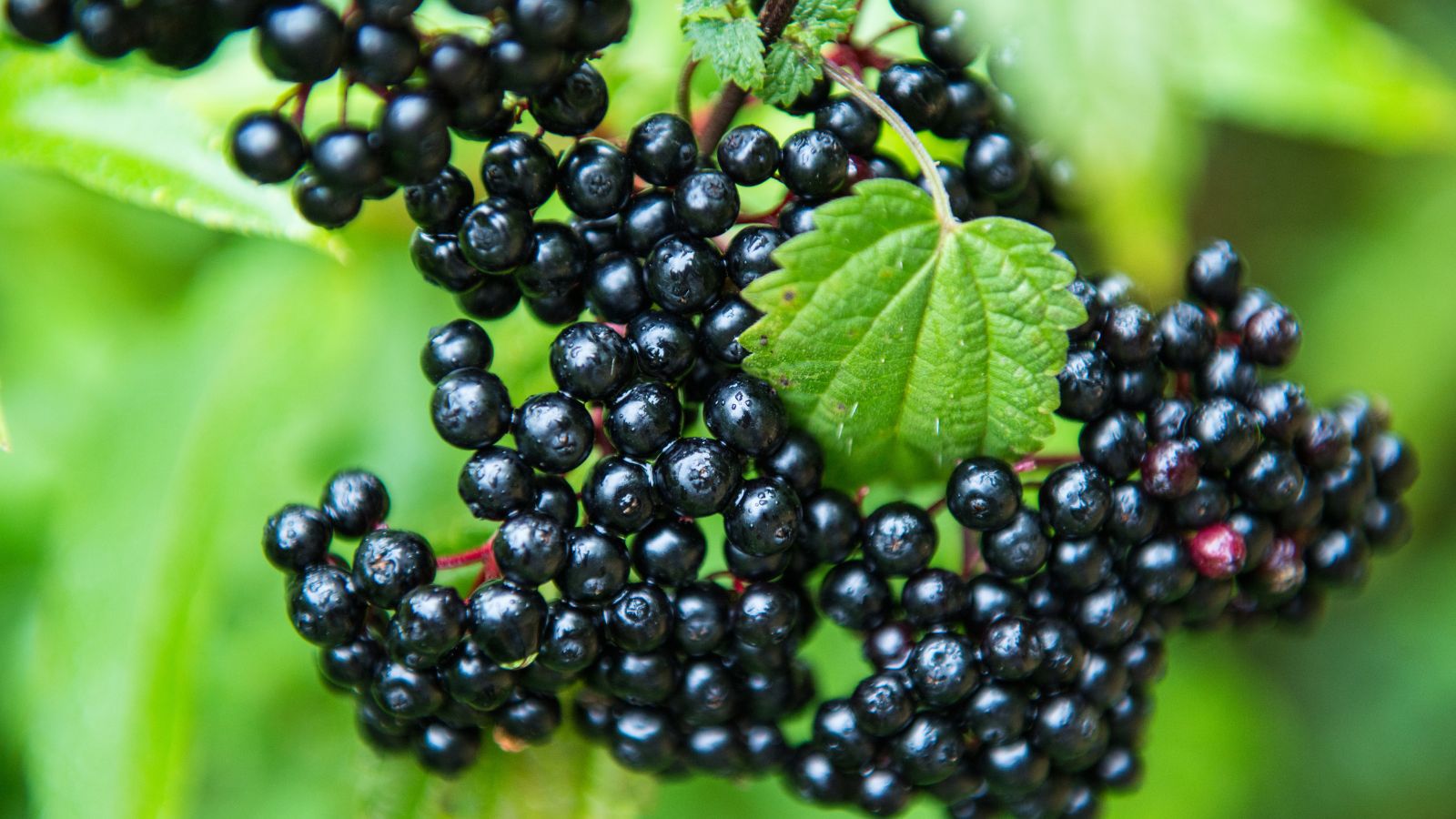The allure of exotic and potentially dangerous foods is a phenomenon observed worldwide. Despite the risks, many people are drawn to these foods for various reasons, including cultural traditions, thrill-seeking, and the desire to experience unique flavors. Here’s a list of 20 of the most dangerous foods worldwide.
Fugu (Pufferfish)

Fugu is a Japanese delicacy made from pufferfish containing tetrodotoxin, 1,200 times stronger than cyanide, according to National Geographic. Fugu is a coveted dish in Japan, and chefs must undergo years of training to learn how to prepare it safely, removing the toxic parts without contaminating the edible flesh.
Cassava

Cassava is a root vegetable widely consumed in Africa, Asia, and Latin America. Cassava is commonly used in tapioca pudding, cakes, and chips, but it contains cyanogenic glycosides, which can produce cyanide when eaten raw or improperly processed. Proper preparation is essential to avoid poisoning.
San-nakji

San-nakji is a Korean dish of live octopus. The small, live octopus is cut into pieces and served immediately, often still moving. The danger lies in the suction cups on the tentacles, which can stick to the throat and cause choking.
Ackee

Ackee is Jamaica’s national fruit and is safe to eat when properly harvested and cooked. However, if consumed before it’s fully ripe or if certain parts of the fruit are ingested, it can cause “Jamaican vomiting sickness,” which can be fatal due to the toxin hypoglycin.
Casu Marzu

Casu marzu is a traditional Sardinian cheese that contains live insect larvae. The larvae help to break down the cheese’s fats, making it very soft. Consuming casu marzu can be risky because the live larvae can survive in the intestine, causing myiasis. CNN reports, “Some locals spin the cheese through a centrifuge to merge the maggots with the cheese. Others like it au naturel. They open their mouths and eat everything.”
Hákarl

Hákarl is made from fermented shark meat, which has been cured with a particular fermentation process and hung to dry for several months. The shark itself is poisonous when fresh due to high levels of urea and trimethylamine oxide. The fermentation process is necessary to make it safe for consumption, but the resulting dish has a powerful, ammonia-rich smell and taste that can be pretty challenging.
Blood Clams

Blood clams can harbor viruses and bacteria, including hepatitis A, typhoid, and dysentery, because they live in low-oxygen environments where harmful organisms thrive. Proper cooking can reduce the risk, but there have been outbreaks of illness associated with consuming blood clams.
Lutefisk

Lutefisk is made from dried whitefish (commonly cod) treated with lye. The process makes the fish gelatinous. If not adequately prepared, lutefisk can be dangerous due to the caustic lye used in its preparation. It is also an acquired taste.
Green Potatoes

“Potatoes that are not green and have had any sprouts removed are safe to eat,” Medline reminds us. However, green potatoes and sprouts contain solanine, a toxin that can cause sickness. They’re usually avoided, but awareness is essential to preventing accidental consumption.
Starfruit

Starfruit’s pretty appearance and sweet and sour flavor profile are appealing but can be dangerous. They contain a neurotoxin called caramboxin that our kidneys filter out when we eat them. They are harmful to individuals with kidney disease due to neurotoxins.
Wild Mushrooms

Foraging and consuming wild mushrooms is a risk taken for their earthy flavors and as a part of local culinary practices. However, if you aren’t careful and knowledgeable about mushrooms, it can be deadly. An NIH report says, “Mushroom poisonings may range from benign symptoms of generalized gastrointestinal upset to potentially devastating manifestations which include liver failure, kidney failure, and neurologic sequelae.”
Absinthe

Absinthe is consumed for its historical association with artists and its unique effects. The original versions were high in thujone, which can cause seizures and other health issues in large amounts, which made it banned in many places. In 2007, the U.S. adjusted the quantity of thujone that it considers safe for consumption, allowing absinthe to have ten parts per million or less of thujone. Modern absinthe will just get you drunk, which has its own dangers.
Baked Bullfrogs

Frog legs are a typical dish, especially in France. In Namibia, bullfrogs are eaten whole, but they can contain toxins that cause kidney failure if consumed before the third rain or if the frogs are not mature enough to have mated.
Almonds

Bitter almonds, in their raw form, contain amygdalin, which can convert to cyanide when ingested. Sweet almonds are safe to eat, but bitter almonds must be processed to remove the toxins. All “raw” almonds on the market have been processed for safety.
Nutmeg

Nutmeg is used in many dishes for its flavor. Quite common in pumpkin spice and on eggnog, in large doses, it can cause hallucinations and other symptoms due to myristicin. Approximately two teaspoons of nutmeg can cause symptoms of toxicity; if the nutmeg is 50 grams or more, those symptoms become more severe. Like any other drug, the dangers of nutmeg overdose can occur no matter the method of delivery.
Pangium Edule

Pangium edule, the fruit from a tree native to Southeast Asia, is poisonous to humans due to the hydrogen cyanide it contains. It’s known as “the fruit that nauseates.” The seeds are eaten after either being boiled without their shells and soaked in water or after boiling and burying them in banana leaves and ash for a month or two to release the cyanide.
Elderberry

Elderberry is known for its immune-boosting effects, and ripe berries are safe and used in syrups and jams. Unripe berries, bark, and leaves contain cyanogenic glycosides, which can cause nausea and vomiting.
Cashews

Raw cashews you might find in a supermarket are not actually raw, as they’ve been steamed to remove the urushiol, a chemical also found in poison ivy. High levels of urushiol can prove fatal, especially in people allergic to poison ivy who are likely to have a deadly allergic reaction to eating raw cashews.
Silver Stripe Blaasop

Although a delicacy in some parts of the Indian Ocean, the silver stripe blaasop’s liver, skin, and reproductive organs supposedly contain a poisonous substance. This can cause fatal muscle paralysis and breathing and circulation problems if eaten by humans.
Echizen Kurage

This poisonous jellyfish lives on tuna, which is problematic for the Japanese tuna supply. To reduce the jellyfish population, the Japanese made the jellyfish a delicacy. To eat the jellyfish, toxic parts must be removed, and the jellyfish must be cooked to be eaten without risk.
Read More: 15 Ways To Tell If Someone Is Not a Good Person

While it’s important to avoid quick judgments, certain behaviors can be strong indicators of a person’s character. Here are 15 ways to discern if someone might be a bad influence or possess harmful traits.
15 Ways To Tell If Someone Is Not a Good Person
Why People Aren’t Religious Anymore: 15 Simple Reasons

As society evolves, so does our approach to spirituality. This article looks at the subtle yet profound shift from traditional religious adherence to a more personal, evidence-based belief system.
Why People Aren’t Religious Anymore: 15 Simple Reasons
17 Things That Used to Be Highly Respected But Aren’t Anymore

Many things in the world used to be well-respected before turning into complete jokes for various reasons. An internet survey recently asked people, “What is something that was once highly respected but is now a complete joke?” Here are the top 20 answers:
17 Things That Used to Be Highly Respected But Aren’t Anymore
17 Fairy Tales That Are Now Considered Racist

While fairy tales weave magical narratives that span generations, many emerge from historical and cultural contexts tinged with biases. Hiding in many of these tales, racial undertones can be found. Let’s look at 17 fairy tales that have deeper implications.
17 Fairy Tales That Are Now Considered Racist
19 Untrue American Stereotypes That Are Widely Believed Internationally

Stereotypes and misconceptions can be misleading and frustrating, especially when they pertain to nationalities. Let’s explore and debunk some common myths about America, as shared by internet users.
19 Untrue American Stereotypes That Are Widely Believed Internationally
